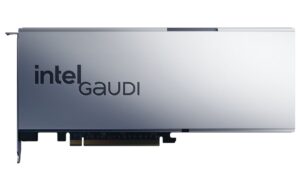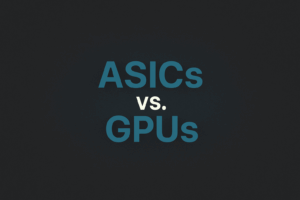The AI revolution has long been powered by GPUs, especially Nvidia’s. But that era is evolving. On September 5, 2025, Broadcom confirmed a $10 billion deal to develop custom AI chips for OpenAI—chips designed specifically for AI workloads and expected to roll out in 2026. This marks a pivotal shift toward ASICs (Application-Specific Integrated Circuits). […]

Intel’s Gaudi 3 AI accelerator has been a significant advancement in AI hardware, previously available primarily in the OAM (Open Accelerator Module) form factor. The introduction of the PCIe version marks a pivotal shift, enabling broader adoption and integration into existing enterprise infrastructures. What Is Intel Gaudi 3 PCIe? The Intel Gaudi 3 PCIe (HL-338) […]

As enterprises rapidly adopt AI to improve efficiency, customer experience, and innovation, the choice of model architecture has become a critical factor. Whether it’s deploying a massive Large Language Model (LLM), an efficient Very Large Language Model (VLLM), or a compute-friendly Small Language Model (SLM), organisations are increasingly strategic about balancing performance, cost, and accuracy. […]

Not long ago, I wrote about why Retrieval-Augmented Generation (RAG) is such a pivotal architecture in modern AI workflows, particularly when compared to fine-tuning and training from scratch. The core argument was simple: RAG enables models to stay up-to-date, grounded, and efficient without massive retraining costs. It was (and still is) a pragmatic solution to […]

